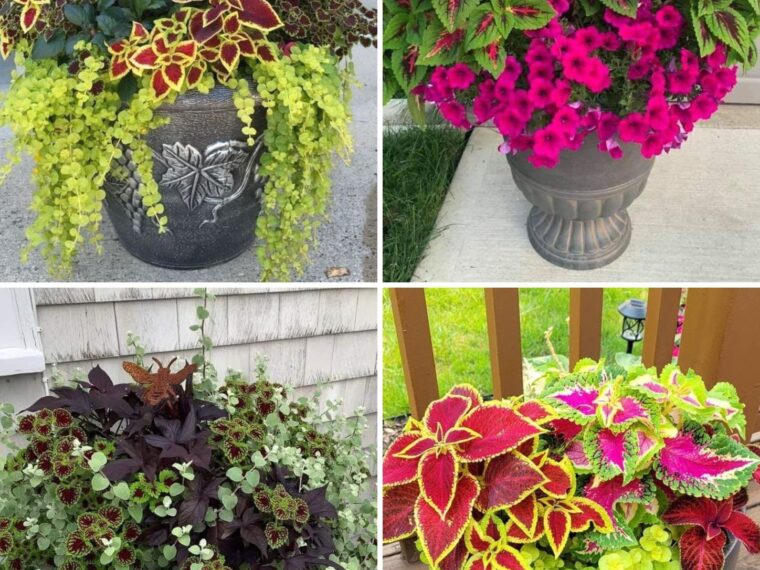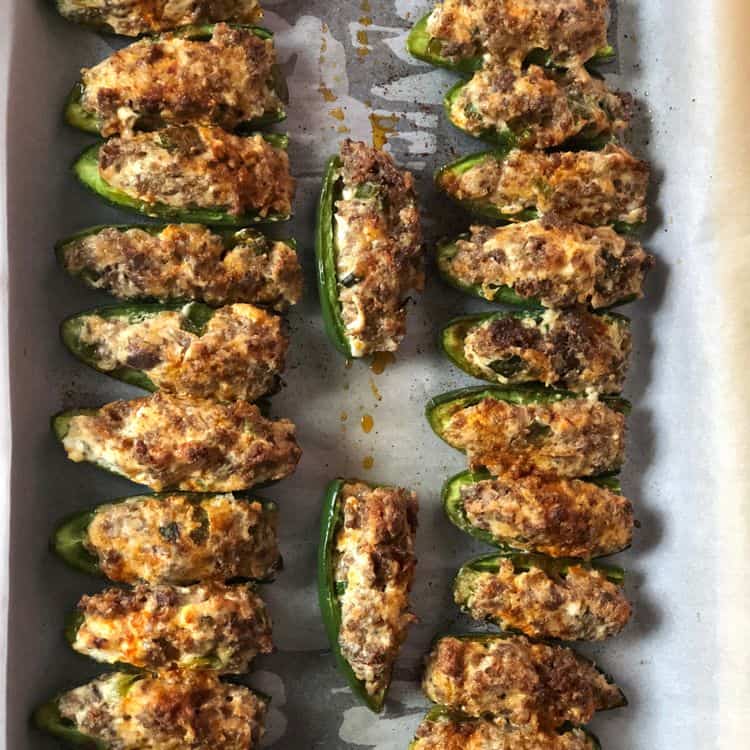Growing coleus (Solenostemon scutellarioides or Plectranthus scutellarioides) at home is not only easy but incredibly rewarding. Known for its strikingly colorful foliage, coleus adds a splash of vibrant life to patios, balconies, windowsills, and garden beds. Whether you’re a novice gardener or a seasoned green thumb, coleus offers a perfect blend of beauty and manageability.
This comprehensive guide will walk you through everything you need to know—from selecting the right variety to propagation, care, pest control, and more. By following these steps, you’ll be well on your way to growing lush, vibrant coleus plants that make a statement in any setting.
🌱 1. Choosing Coleus Varieties
With hundreds of varieties available, choosing the right type of coleus is the first exciting step. Coleus plants are prized for their eye-catching foliage, which can be speckled, veined, striped, or solid in shades of red, magenta, green, lime, orange, yellow, purple, and even black.
Types to Consider:
- ‘Kong Series’ – Known for large leaves with bold markings; great for shade.
- ‘Wizard Series’ – Ideal for seed starting; compact and colorful.
- ‘Trailing Coleus’ – Great for hanging baskets and ground cover.
- ‘Main Street Series’ – Upright varieties perfect for borders or containers.
When selecting a variety, consider the lighting in your space and the mature size of the plant. Also, decide whether you want a dramatic centerpiece, border plant, or colorful accent.
🌿 2. Propagation Methods
Coleus is incredibly easy to propagate—either from seed or from cuttings. Here’s how to do both:
✨ From Seeds:
- Start early—sow seeds indoors about 8–10 weeks before the last expected frost.
- Fill trays with a seed-starting mix and lightly press seeds into the surface.
- Do not bury deeply—coleus seeds need light to germinate.
- Mist gently with water, cover with plastic wrap or a dome, and place in a warm area (70–75°F).
- Germination should occur in 7–14 days. Once seedlings have two sets of true leaves, thin them out or transplant to small pots.
✂️ From Cuttings:
- Take a 3–4 inch cutting just below a leaf node from a healthy plant.
- Remove the lower leaves and dip the cut end in rooting hormone.
- Place the cutting in moist potting mix or even a glass of water.
- Cover loosely with a plastic bag to retain humidity and place in bright, indirect light.
- Roots usually develop within 1–2 weeks, at which point you can plant them in a container or garden bed.
Propagation through cuttings is a great way to clone a favorite plant and produce new plants faster than starting from seed.
☀️ 3. Light and Temperature Requirements
Proper lighting is essential for vibrant coleus colors and compact growth.
Indoors:
- Place coleus near a north- or east-facing window where it will receive bright but indirect sunlight.
- Avoid harsh direct afternoon sun, especially in warmer climates, as it can scorch leaves.
Outdoors:
- Coleus thrives in partial shade to dappled sunlight.
- In cooler climates, some varieties can handle more sun, especially those with darker foliage.
- Too much shade may result in dull or washed-out colors.
Ideal Temperature:
- 60–75°F (15–24°C) is the sweet spot.
- Coleus is frost-sensitive. If growing outdoors in zones below USDA Zone 10, treat it as an annual or bring it indoors before frost hits.
🪴 4. Soil and Container Selection
A healthy root system starts with the right soil and container.
Soil:
- Use a light, well-draining potting mix—a mix for African violets works well.
- Add perlite or sand if extra drainage is needed.
- Maintain a pH between 6.0–7.0 for optimal nutrient absorption.
Containers:
- Choose a pot with drainage holes to prevent water from pooling at the roots.
- For bushier growth, a shallow, wide container works better than a deep one.
- Repot when roots start poking out the bottom, or the plant becomes root-bound.
💧 5. Watering and Humidity
Water is key to lush foliage, but too much can be harmful.
Watering Tips:
- Water when the top inch of soil is dry.
- Use room temperature water to avoid shocking the roots.
- Water thoroughly until it drains from the bottom, but never let the plant sit in standing water.
Humidity:
- Coleus prefers moderate to high humidity.
- Mist the leaves regularly, especially during dry winter months or in air-conditioned homes.
- A humidity tray or humidifier can help if the air is very dry.
🌼 6. Fertilization
Like most fast-growing annuals, coleus benefits from regular feeding.
Feeding Schedule:
- Use a balanced liquid fertilizer (such as 10-10-10 or 20-20-20) every 2–4 weeks during the growing season (spring through early fall).
- Dilute to half strength for indoor plants to prevent overfeeding.
- Stop fertilizing in late fall if the plant is going dormant.
Pro tip: If your plant grows leggy or pale, reduce feeding frequency and move it to brighter light.
✂️ 7. Pruning and Pinching
Regular pruning is essential for keeping coleus bushy and vibrant.
Tips for Pruning:
- Pinch the growing tips every few weeks to encourage side shoots.
- Remove flower spikes as soon as they appear. Flowering often signals the plant to stop producing new leaves.
- Prune any leggy or overgrown stems to maintain shape.
Don’t be afraid to give your plant a “haircut.” Coleus is resilient and bounces back quickly, often growing even fuller.
🐛 8. Pests and Diseases
Coleus is relatively trouble-free but can occasionally face issues.
Common Pests:
- Aphids
- Whiteflies
- Spider mites
- Mealybugs
Use insecticidal soap or neem oil at the first sign of infestation. Wipe leaves with a damp cloth to physically remove bugs.
Common Diseases:
- Root rot – caused by overwatering or poor drainage.
- Powdery mildew – a white coating on leaves, often due to poor air circulation.
- Leaf spot – fungal or bacterial, usually from excessive moisture on leaves.
Prevention:
- Ensure good air circulation.
- Water at the base of the plant, not on the leaves.
- Keep plants spaced out and remove any dead or decaying material.
🏡 Bonus Tips for Indoor and Outdoor Success
- Rotate indoor pots weekly to ensure even growth.
- Use coleus in companion planting—they pair well with impatiens, begonias, and hostas.
- In hanging baskets, choose trailing varieties for a cascading effect.
- During winter, coleus can be overwintered indoors near a sunny window or under grow lights.
- If your coleus starts looking dull indoors, consider supplemental lighting to keep foliage vivid.
🌟 Final Thoughts
Growing coleus at home is a joyful experience that brings bold color and texture to your indoor or outdoor space. With its forgiving nature and dazzling variety, coleus can quickly become a favorite in any plant collection.
By choosing the right variety, providing the proper light, soil, water, and nutrients, and giving it occasional TLC, your coleus will reward you with months (or even years) of stunning visual impact.
Whether you’re planting a single pot for a windowsill or designing a whole garden bed around these vibrant beauties, coleus offers endless possibilities.
Have a coleus tip or success story?
Share it in the comments or tag us on Instagram—let’s grow something beautiful together! 🌿
Written by Joyce
Gardening Enthusiast | Plant Parent | Contributor to Home & Green Life Magazine




